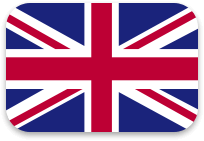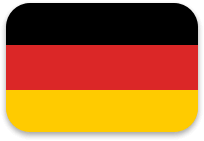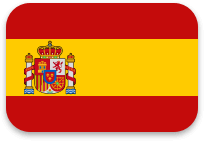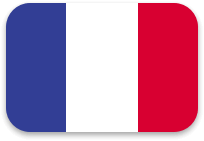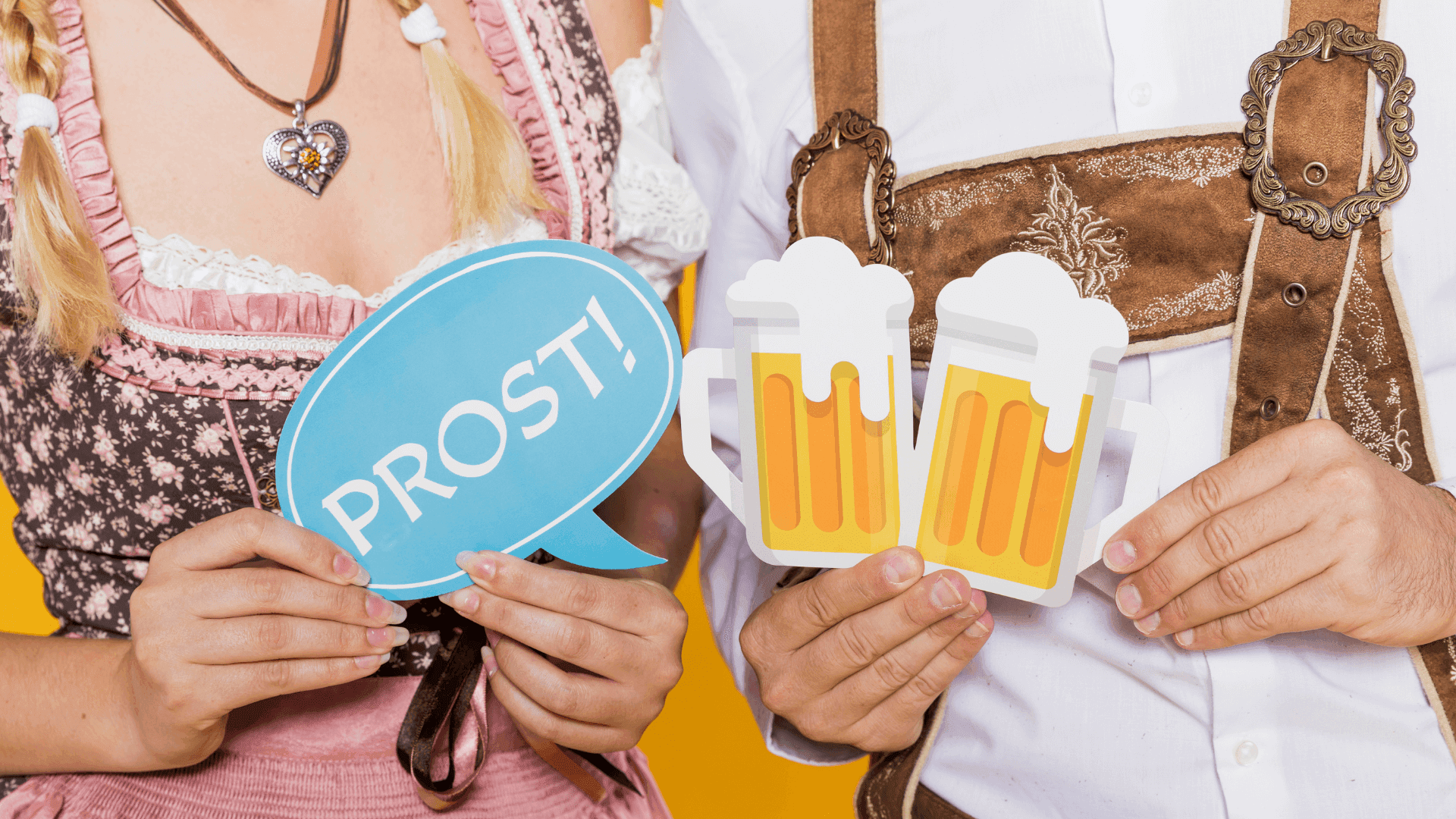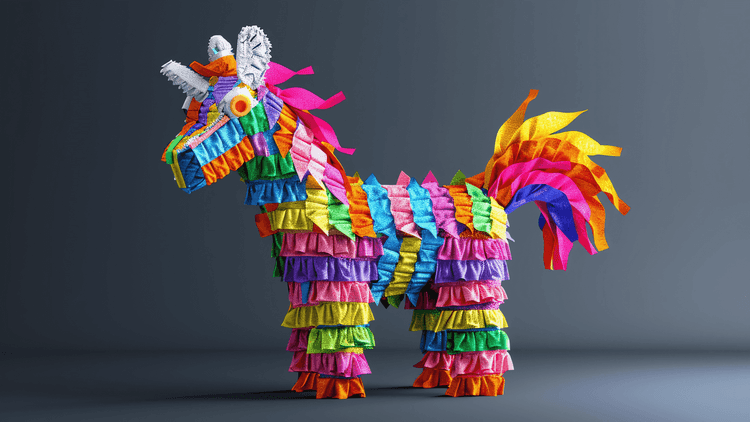Music, laughter, clinking glasses in thematic tents, fun rides, and lots of fun. Oktoberfest is more than a beer festival. It has become a cultural phenomenon, a trend infused with unique customs and activities. Did you know that the first celebration in 1810 had nothing to do with beer at all? What is the Oktoberfest in Munich, after all? What sparked this global obsession that draws millions of visitors to Munich every year? Let's explore the origins of Oktoberfest, discover how it's celebrated, and uncover vocabulary gems associated with the celebration.
An Overview of Oktoberfest
Oktoberfest has earned a reputation as the world's largest and most popular beer festival. Stemming from Bavarian traditions, Oktoberfest celebrates German heritage, attracting around 6 million visitors each year and consuming over 7 million liters of beer.
Traditionally, Oktoberfest begins with the Mayor tapping the first keg. A parade follows, with traditional costumes, horse-drawn beer wagons, and marching bands. Breweries serve beer in special tents, each boasting unique decorations and music. Guests indulge themselves in traditional German foods such as Brezn (pretzels), Wurst (sausages), Henl (roast chicken), and a wide range of regional specialties. In addition to beer, Oktoberfest features roller coaster rides, Ferris wheels, funhouses, and games. Children can enjoy puppet shows and clown performances.
Oktoberfest plays an essential role in Munich's economy, generating approximately €1.25 billion annually. The festival contributes a significant 2% to the city's GDP. A local typically spends on average between €80 and €130 a day on food, drinks, transportation, and entertainment, whereas foreign tourists add travel expenses and accommodation to their bills.
Where and When Does Oktoberfest Take Place?
Oktoberfest is celebrated every year in Theresienwiese, in the heart of Munich, Germany. Major landmarks of the place include the Bavaria statue and the neo-Gothic St. Paul's Church. The festival typically starts on the third or fourth Saturday in September, its date varying every year. The celebration lasts for approximately 16 to 18 days, wrapping up on the first Sunday in October.
Theresienwiese, often called Wiesn, is the historic place where the first Oktoberfest was celebrated back in 1810. Spanning over 100 acres, the premises can host millions of visitors annually. The place is accessible by public transport, as it's connected via Munich's U-Bahn subway lines U4 and U5. A short walk from Hauptbahnhof (Munich Central Station) takes you straight to the festival grounds. Visitors should arrive early on busy days, especially on weekends, to access the most popular beer tents, which hold thousands of visitors at a time.
While Oktoberfest in Munich remains the most popular celebration, several German cities also host similar events. If you can't attend Oktoberfest in Munich, consider visiting similar festivals in other cities, such as Stuttgart, Berlin, Hannover, Cologne, Dortmund, Dresden, Hamburg, and Frankfurt. Outside Germany, Oktoberfest is celebrated in Canada, the USA, Brazil, Argentina, Japan, India, Malaysia, and South Africa.
How Oktoberfest Started and Evolved
Surprisingly, the first Oktoberfest celebration had nothing to do with beer. The festival originated in Munich, Germany, in 1810. The 5-day feast celebrated the marriage of the Bavarian Prince Ludwig and Princess Therese of Saxe-Hildburghausen. The highlight of the festivity was a large horse race organized outside the city gates.
How did a royal wedding celebration with horse races turn into a folk beer festival? New elements were added every year until it transformed into modern times. One of the first changes was to start the festival earlier, in late September, to take advantage of the warm weather. In 1819, the city council in Munich officially declared Oktoberfest an annual festival, making it one of the most beloved German holidays.
Parades became part of the festival around 1850. The bronze Bavaria statue was unveiled in 1850, becoming a symbol of the festival. Around 30 years later, the first bratwurst stalls were introduced. In 1892, beer started to be served in glass mugs, and breweries held parades at the opening ceremony. In 1910, Oktoberfest celebrated its 100th anniversary and set impressive records in terms of beer consumption. That's when the festival earned its global reputation as a beer festival.
The festival was cancelled during World War I and World War II, then resumed its usual activity. In 1950, the Mayor of Munich started the tradition of tapping the first beer keg with the phrase in the Bavarian dialect, "O'zapft is!" (It is tapped!). The exclamation officially announced the start of the festival and became a staple of the iconic celebration.
In 2010, on the festival's 200th anniversary, the Oide Wiesn area was opened. It featured a family-friendly zone with horse rides and a museum tent.
Speak a new language with confidence!
Build fluency faster with FunEasyLearn — just 10 minutes a day is enough to make real progress.
5 Oktoberfest Traditions & Activities
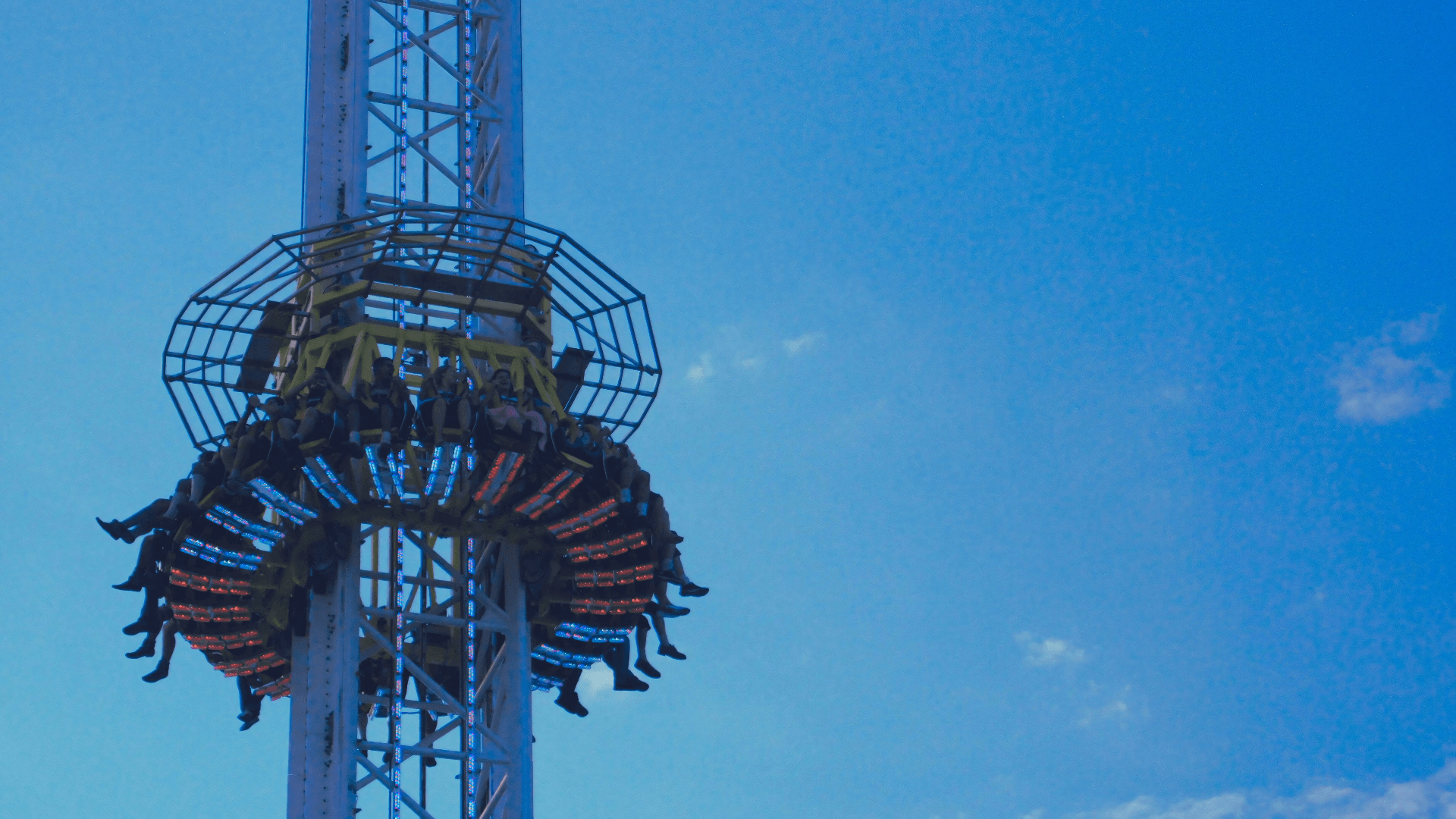
The world-renowned beer festival boasts unique traditions and activities that collectively contribute to its overall atmosphere. What fuels its global fame?
- Traditional Bavarian Costumes
Men wear "Lederhosen," knee-length pants with suspenders, wool socks, and a shirt. Wool socks and traditional shoes, known as "Haferlschuhe," are also part of the costume, along with accessories such as a green alpine hat called an "Alpenhut." Women wear "Dirndl" dresses with low necklines, blouses, and high-waist skirts.
- One-Liter Beer Mugs
The famous one-liter beer mug is called a "Maßkrug" or "Maß" (pronounced "mass"), meaning measure. It became the standard serving mug for beer at Oktoberfest. It's made of thick glass and features a dimpled pattern on its surface. The plural form Maßkrüge became a symbol of the festival.
- Live Band Performances
Traditional Bavarian grass bands are a must at Oktoberfest. Including trumpets, tubas, trombones, and accordions, these bands play inside beer tents, creating an unforgettable atmosphere. You can hear hits such as "Sierra Madre," "Fürstenfeld," and "Skandal im Sperrbezirk," as well as German and English songs.
- Carnival Rides and Games
One of the oldest rides on Oktoberfest is the "Hexenschaukel" (Witches' Swing), famous for swinging and spinning visitors in unexpected ways. Another fun ride is "Feldl’s Teufelsrad" (Devil’s Wheel), where participants hold onto a wooden disc that spins increasingly faster, eventually causing them to lose their balance and fall. The amateurs of spooky rides can go for "Geisterbahn" (Ghost Train) or a rollercoaster.
The Closing Ceremony
Oktoberfest ends with a gun salute at noon on the last day. Gunshots and a brass band playing music culminate with the Bavarian anthem. Organizers announce the number of visitors who attended the festival and the amount of beer consumed.
Oktoberfest Vocabulary
To improve your Oktoberfest experience, learn a few key German words and phrases to connect with other participants. Keep in mind that the local Bavarian dialect differs from standard German. However, most locals speak English fluently, so tourists typically do not encounter communication issues during the festival. To prepare for your visit, review a few phrases for tourists and some typical phrases for Oktoberfest.
Useful Words and Phrases for Oktoberfest
- Wiesn
- Pronunciation: [VEE-sn]
- Translation: Meadow, short for Theresienwiese, the area where Oktoberfest is held in Munich.
- Bierzelte
- Pronunciation: [BEER-tsel-tuh]
- Translation: Beer tents, large temporary structures where beer and food are served at Oktoberfest.
- Bier
- Pronunciation: [BEER]
- Translation: Beer, the staple beverage served at Oktoberfest.
- Maß
- Pronunciation: [MAHSS]
- Translation: A one-liter mug of beer, the standard serving size at Oktoberfest.
- Prost
- Pronunciation: [PROHST]
- Translation: Cheers, a common toast used when drinking at Oktoberfest.
- Semmel (Semmeln, plural)
- Pronunciation: [ZEM-mel]
- Translation: Bread roll, often served with various foods at Oktoberfest.
- Brezn
- Pronunciation: [BRET-sn]
- Translation: Pretzel, a classic Oktoberfest snack.
- Hendl
- Pronunciation: [HEN-dl]
- Translation: Roasted chicken, a popular food item at beer festivals.
- Lebkuchenherz
- Pronunciation: [LEB-koo-khen-herts]
- Translation: Gingerbread heart, a traditional cookie often decorated and sold at festival food stalls.
- Fischsemmel
- Pronunciation: [FISH-zem-mel]
- Translation: Fish sandwich, a popular snack of grilled fish (often mackerel) served in a bread roll.
- Schunkeln
- Pronunciation: [SHOON-keln]
- Translation: Swaying, typically by linking arms and moving to music in beer tents, is an Oktoberfest tradition.
- Bierleichen
- Pronunciation: [BEER-lie-khen]
- Translation: Beer corpses, a humorous term for people who have passed out from drinking too much.
- Oans, zwoa, drei, g'suffa!
- Pronunciation: [OANS, TSVO, DRY, g-SOOF-ah]
- Translation: One, two, three, drink! A traditional Bavarian drinking chant.
- Noch ein Bier, bitte!
- Pronunciation: [NOKH ine BEER, BIT-uh]
- Translation: Another beer, please! A common phrase used to order more beer.
Expand Your German Vocabulary with FunEasyLearn
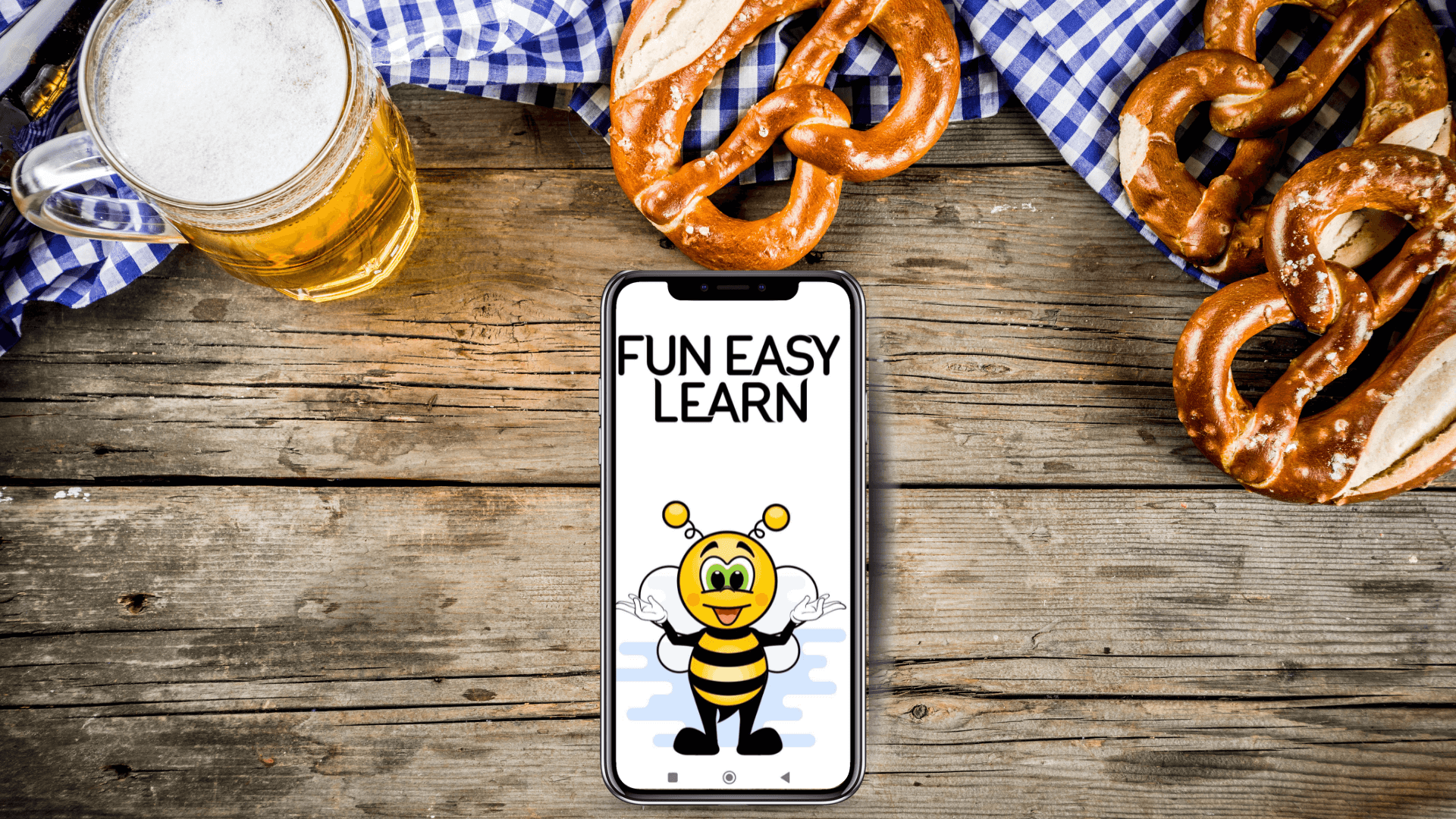
Why not go beyond Oktoberfest phrases? Learn to speak German with an award-winning app that helps grown-ups and children master new languages. Designed by a team of experienced ed-tech professionals, certified translators, seasoned designers, and IT experts, the application is the #1 vocabulary builder on the market. Moreover, the app offers 34 language courses in 62 native languages, making over 2,000 unique language combinations. As a result, you're more likely to find the language you want to learn from the comfort of your native tongue.
Some of the features winning the hearts of millions of learners worldwide include the following:
📁 350+ Topics and Subtopics
Develop a robust vocabulary in German by exploring a wide range of everyday topics, including Family, Health, Making Friends, Education, Jobs, Travel, and more. Learning words and sentences in context makes it easier for learners to memorize the new information. Words belonging to the same topic are easier to associate with one another and expand upon.
🔟 Proficiency Levels
Go from beginner to advanced with FunEasyLearn's 10 difficulty levels. Unlock the vocabulary for the next level and build upon it. The structure progression approach to language learning creates a clear roadmap with milestones. That way, you build a solid foundation for one level before proceeding to the next one.
🎮 30+ Educational Games
Interactive learning has proven its efficiency in education. Games captivate learners' attention, making it easier for them to focus. Besides, playing to learn is much more enjoyable than cramming long lists of vocabulary. Reward-based elements, such as flowers and honey, win you hints or a month of FREE premium. Additionally, playing contributes to a stress-free learning environment, thereby relaxing learners and improving memory and retention. Match words and sentences, listen and choose the correct translation, and find the image are just a few of the games available.
⭐ Powerful Premium Features
FunEasyLearn is a powerful pocket companion for anyone willing to master a new language. Premium subscriptions unlock all features, learning modes, and all vocabulary across the 10 proficiency levels. All learners benefit from an ad-free environment and an offline mode, allowing learners to practice languages anytime and anywhere.
How would you like to speak German with confidence at the next edition of Oktoberfest?

